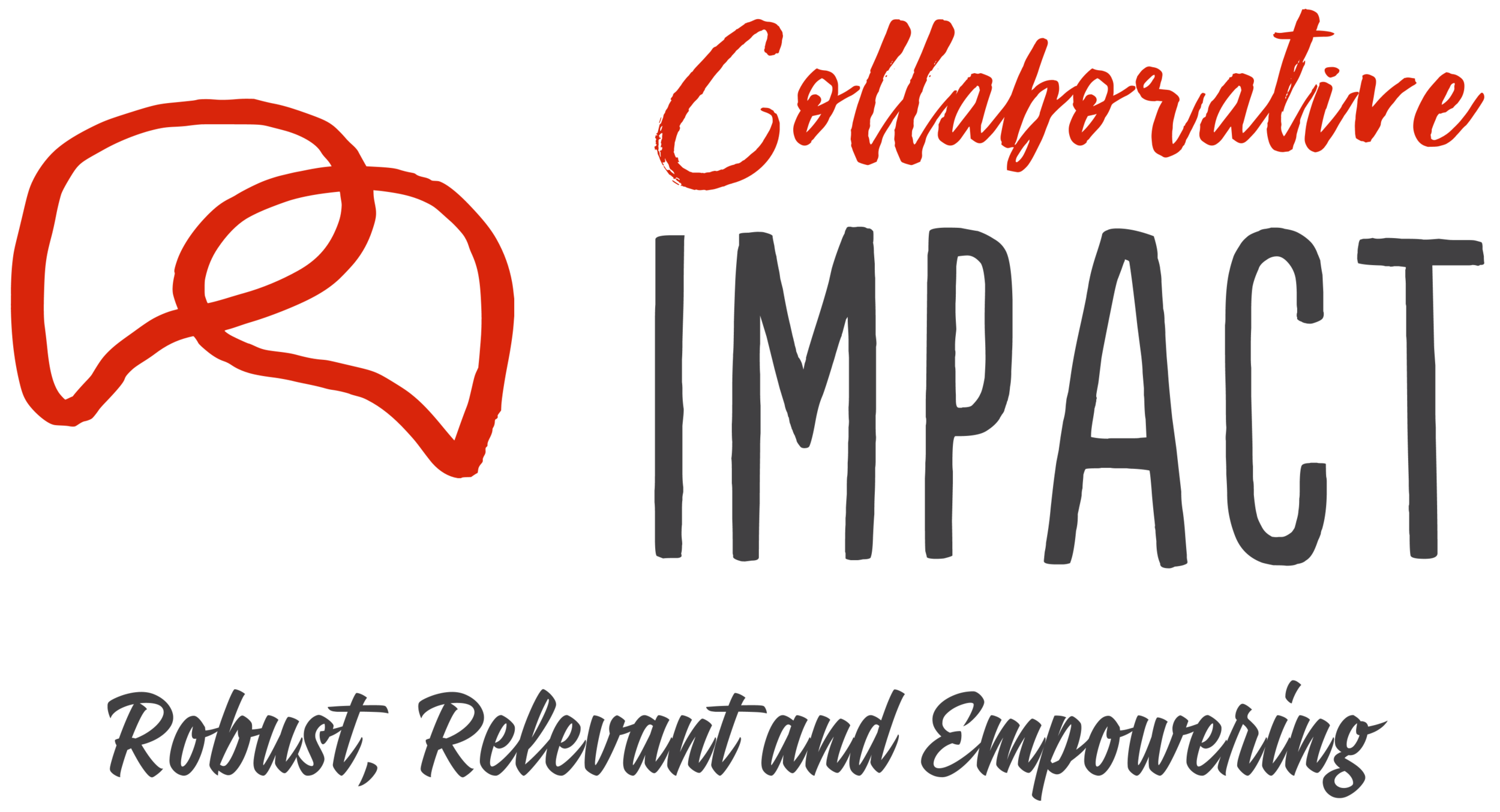CONSTITUENT VOICE
Constituent Voice (CV) is a methodology developed by Keystone Accountability for collecting large amounts of quantified qualitative feedback from stakeholders on the quality, empowering value, and the outcomes of service delivery and development interventions. We often use CV in mixed-methods evaluations that are designed and implemented with our Participatory Impact Assessment and Learning Approach (PIALA).
Constituent Voice (CV) is designed to dynamically monitor and improve constituent experience and relationships through rapid learning feedback loops, time-series comparison and benchmarking. It is particularly useful for social impact experimentation and fostering mutually accountable relationships in programmes aimed at public service improvement and system reform. It offers a cost-effective and empowering way of making these types of experiments and reforms more evidence-based, collaborative, adaptable and accountable to beneficiaries, and ultimately more effective.
CV in PIALA-based evaluation
In PIALA-based mixed-methods evaluations, CV is used to assess the quality, immediate outcomes and empowering value of service delivery and programme interventions. Combined with other methods, it helps to assess causal pathways from project or programme uptake to impact.
Typically, CV facilitates reflection and anonymous scoring around a quasi-standardised set of open-ended questions in stakeholder-specific focus groups, inquiring into the lived experiences and perceptions of the primary stakeholders or intended beneficiaries. CV data can also be collected through short mobile surveys or online interviews with various stakeholder representatives, using the same set of questions and anonymous scoring techniques.
The data is analysed using a standardised metrics similar to customer satisfaction surveys. With a representative and large enough sample of participants, this generates statistics and visual data reports.
The standardised tools generate quantified qualitative data that is comparable across various stakeholder groups, allowing for a systematic crosschecking of different perspectives, and facilitating debate.
CV closes the learning loop by organising sensemaking dialogues around the evidence at key points of interaction between service providers, intended beneficiaries, and decision makers, aimed at surfacing deeper and shared insights to drive action for improvement. In PIALA-based evaluations, the dialogues are part of the Participatory Sensemaking processes.









